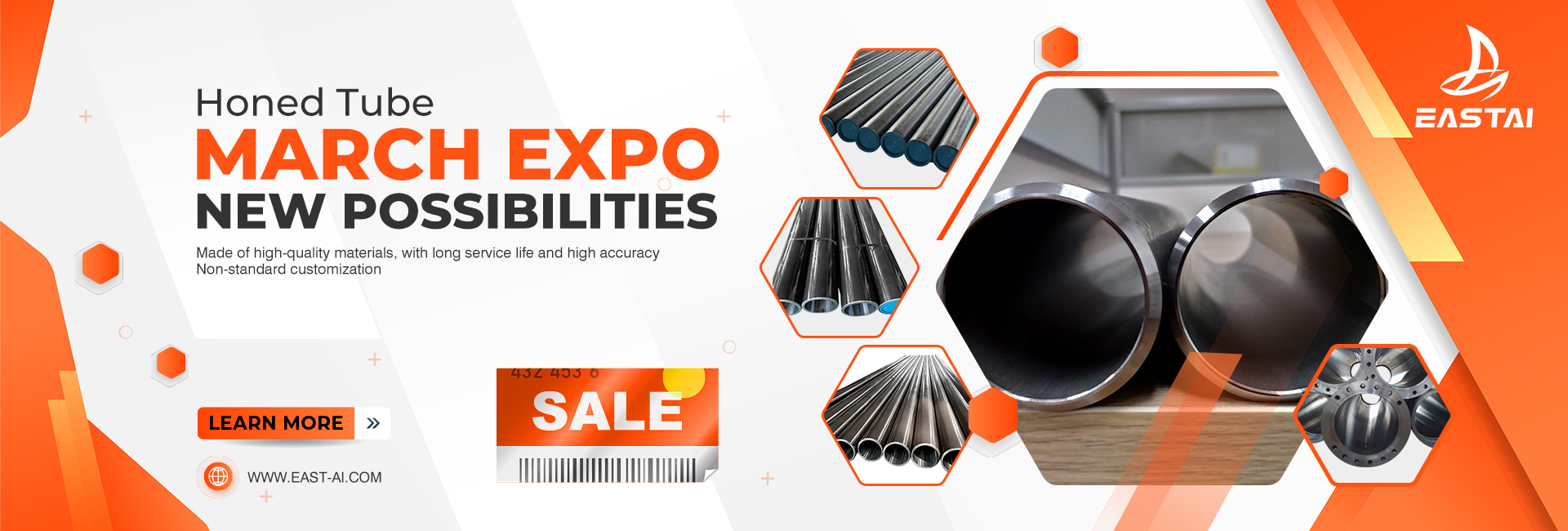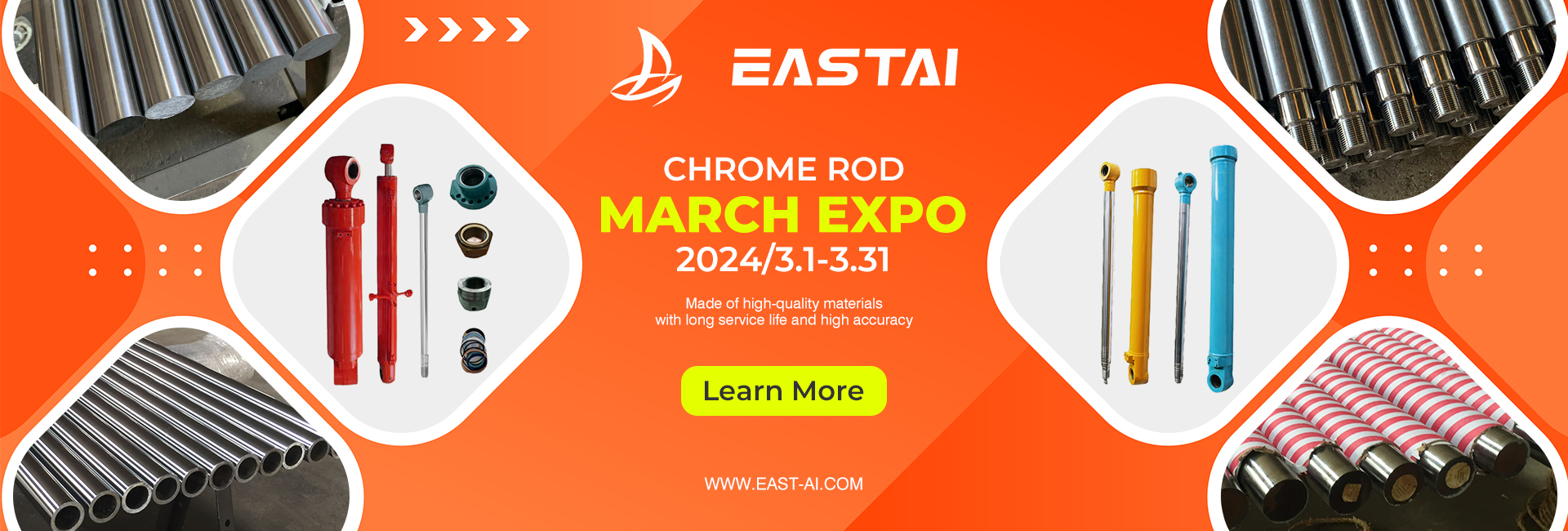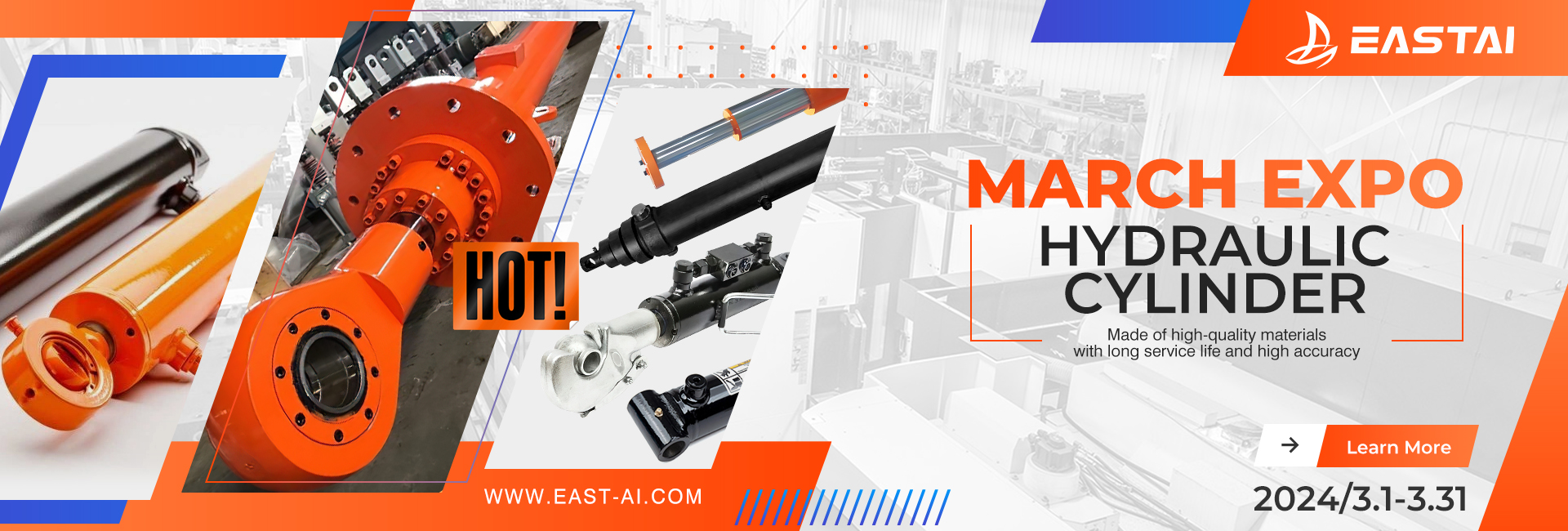If you’re in the market for carbon steel pipes, you may be wondering where to start. With so many manufacturers out there, it can be overwhelming to know which one to choose. In this comprehensive guide, we’ll take a look at everything you need to know about carbon steel pipe manufacturers. From their history and manufacturing processes to their quality control measures and customer service, we’ll cover it all.
Introduction: Carbon Steel Pipes
Carbon steel pipes are widely used in a variety of industries, including oil and gas, construction, and water treatment. They’re known for their strength and durability, making them ideal for demanding applications. However, not all carbon steel pipes are created equal. That’s where the manufacturers come in.
History of Carbon Steel Pipe Manufacturers
The history of carbon steel pipe manufacturers dates back to the early 19th century. As industrialization spread across Europe and North America, there was a growing demand for steel pipes for use in infrastructure projects. The first steel pipes were made using the Bessemer process, which involved blowing air through molten iron to remove impurities.
Over the years, the manufacturing process has evolved, and today’s carbon steel pipe manufacturers use a variety of techniques, including electric resistance welding (ERW), seamless pipe manufacturing, and submerged arc welding (SAW).
Manufacturing Processes
There are several manufacturing processes used by carbon steel pipe manufacturers, each with its own advantages and disadvantages.
Electric Resistance Welding (ERW)
ERW is one of the most common manufacturing processes used by carbon steel pipe manufacturers. It involves welding the edges of the steel strip together to form a tube. ERW pipes are known for their high strength and durability, but they can be susceptible to weld defects.
Seamless Pipe Manufacturing
Seamless pipe manufacturing involves heating a steel billet to a high temperature and then piercing it with a mandrel to form a tube. This process produces pipes with no seams, making them ideal for applications that require high pressure or high temperatures.
Submerged Arc Welding (SAW)
SAW is a welding process that involves welding the edges of the steel strip together using a submerged arc. SAW pipes are known for their high quality and reliability, making them ideal for critical applications.
Quality Control Measures
Quality control is essential in the manufacturing of carbon steel pipes to ensure that they meet the required standards. Manufacturers use a variety of techniques to ensure the quality of their pipes, including non-destructive testing (NDT), hydrostatic testing, and ultrasonic testing.
Non-Destructive Testing (NDT)
NDT is a technique used to test the integrity of the steel without damaging it. This can include x-rays, magnetic particle testing, and ultrasonic testing.
Hydrostatic Testing
Hydrostatic testing involves filling the pipe with water and pressurizing it to test for leaks. This ensures that the pipe can withstand the pressures it will be subjected to in its intended application.
Ultrasonic Testing
Ultrasonic testing uses sound waves to detect defects in the steel. This can help manufacturers identify any issues before the pipes are put into service.
Customer Service
When choosing a carbon steel pipe manufacturer, it’s important to consider their customer service. A good manufacturer should be responsive to their customers’ needs and be able to provide timely and accurate information about their products.
Conclusion
Choosing a carbon steel pipe manufacturer can be a daunting task, but with the right information, it doesn’t have to be. By understanding the history of carbon steel pipe manufacturing, the different manufacturing processes, quality control measures, and customer service, you can make an informed decision about which manufacturer is right for your needs.
Post time: May-10-2023




